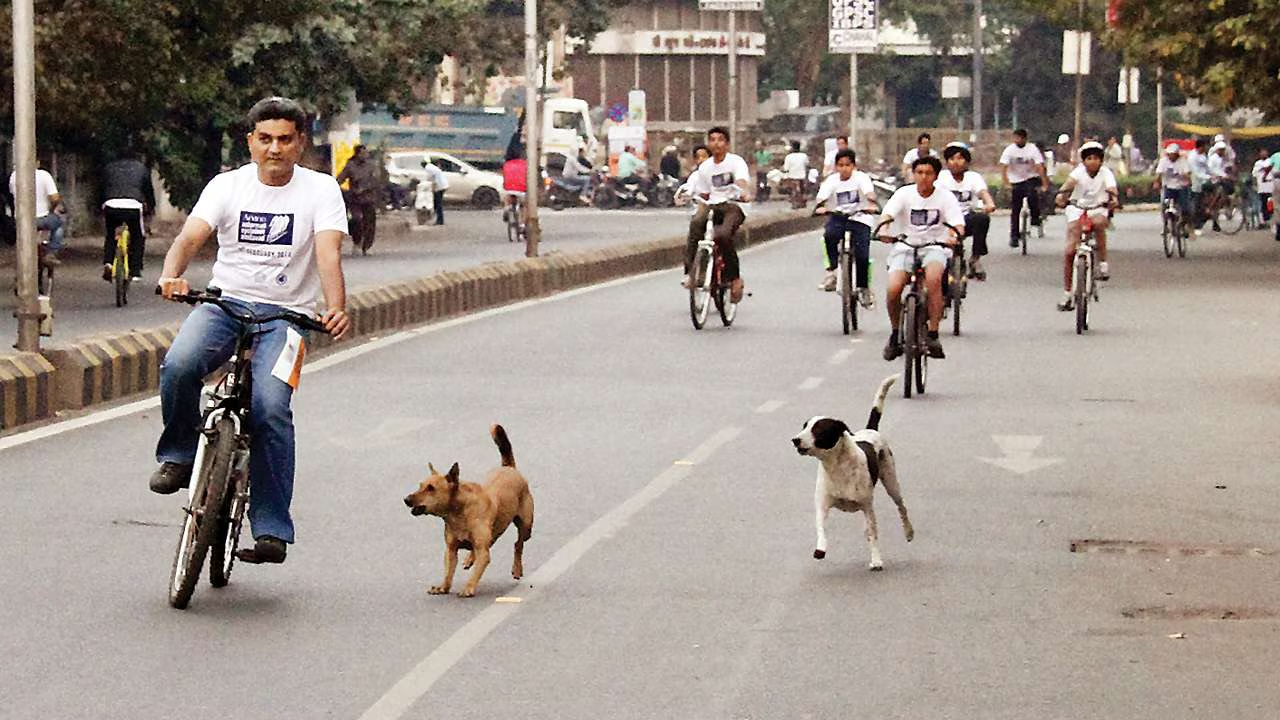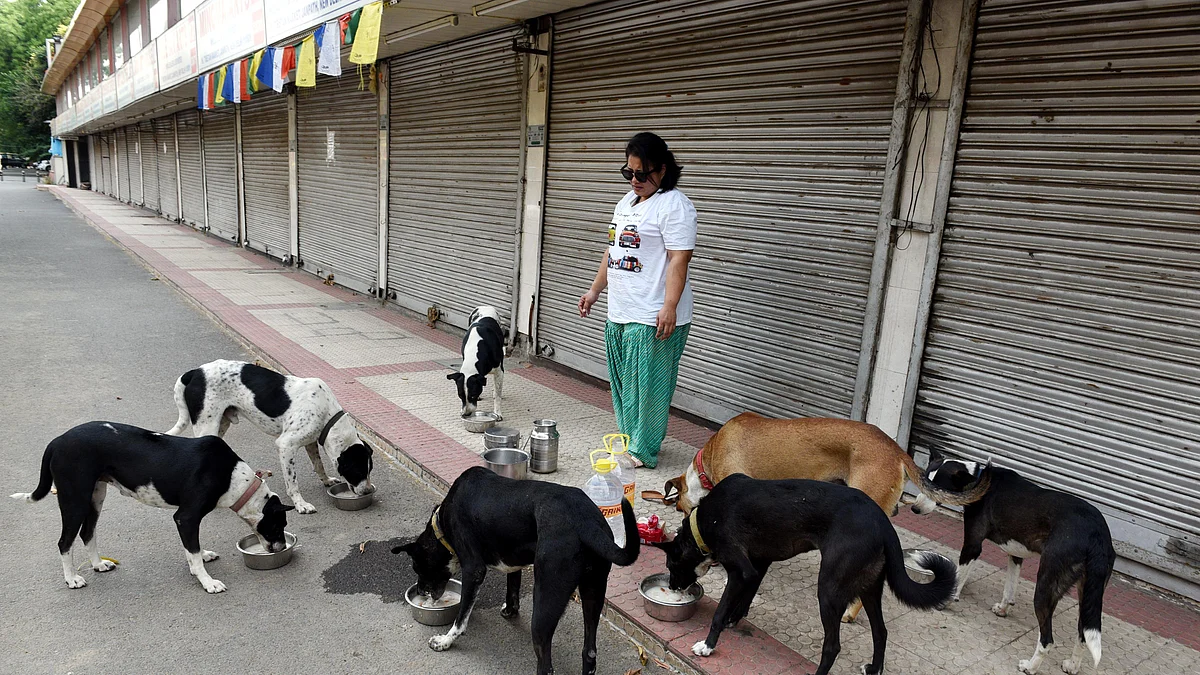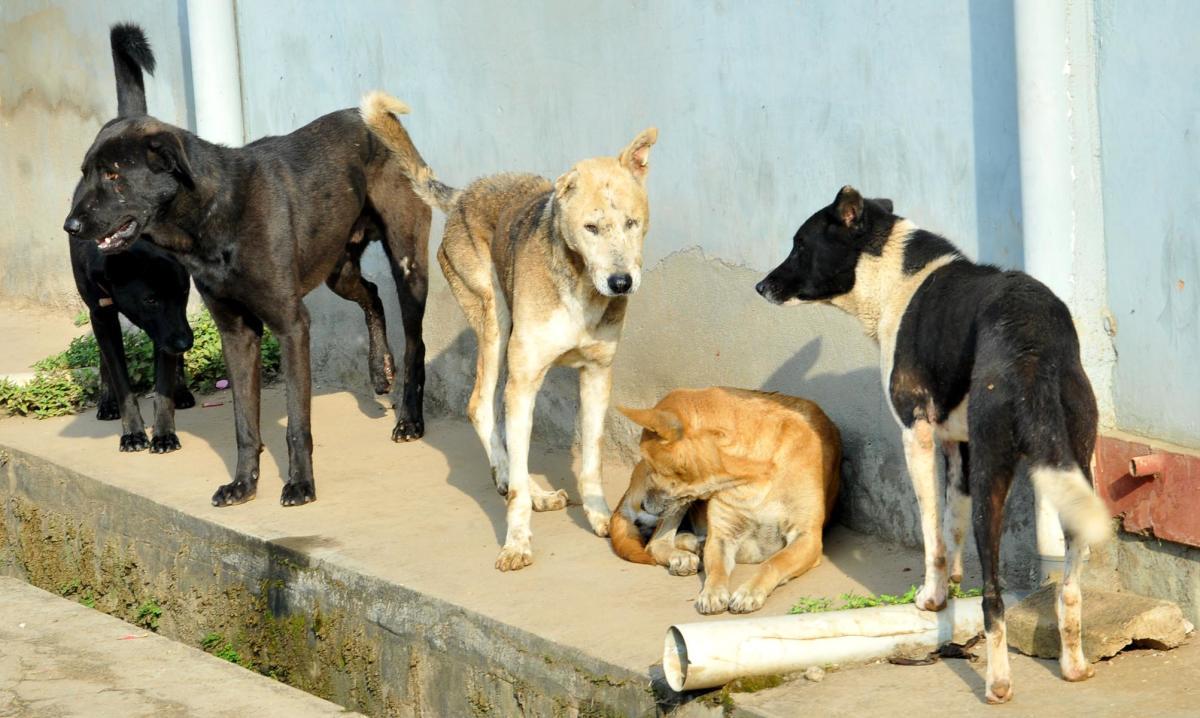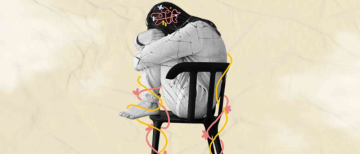On a quiet March morning in Ludhiana, Punjab, a six-year-old boy was playing near a garbage dump when a pack of stray dogs attacked him. He didn’t survive. Just weeks later, a 20-month-old girl in Goa met a similarly tragic fate after wandering a few feet outside her home. These aren’t isolated incidents anymore—they are part of a grim pattern unfolding across India, where stray dog attacks and rabies deaths are becoming heartbreakingly frequent. Despite growing public fear and rising fatalities, the crisis remains unaddressed at the scale it demands. India’s stray dog population has surged beyond control, turning a once-manageable issue into a full-blown public health and safety emergency.

A Silent Threat Gaining Strength
India is home to one of the largest populations of stray dogs in the world—estimated at over 6.2 crore as of 2024, with some estimates going as high as 12 crore. These dogs have long co-existed with humans, often feeding off leftover food and garbage. But the balance has shifted dangerously. Packs of dogs are now attacking not only sanitation workers and delivery agents but also children and the elderly. Stray dog aggression is no longer limited to dark alleys or remote corners. It has spilled into bustling neighbourhoods, gated societies, and school zones—places where citizens once felt safe.
A Kabaddi player in Uttar Pradesh’s Bulandshahr district died of rabies after a bite from a puppy he tried to rescue. He hadn’t informed anyone or taken anti-rabies treatment. Like thousands of others in India, he underestimated the risk, paid the ultimate price, and exposed how even educated young people remain unaware of the dangers.
The statistics are chilling. India records an average of over 20,000 dog bite cases daily, with more than 1.6 crore dog bite cases officially documented between 2019 and 2022. In 2024 alone, over 22 lakh dog bites were reported nationwide. Around 20% of victims were children under 15, and 48 people died from animal bites. These are just the reported numbers. The real figures—especially in rural and underserved areas—are likely much higher.

Why the Problem Keeps Growing
The root of the crisis lies in the failure of sterilisation efforts, flawed policies, and governmental inaction. The Animal Birth Control (ABC) Rules, introduced in 2001 and updated in 2023, prescribe sterilisation and vaccination as the only legal methods of population control. But these efforts have largely failed due to poor execution. For any sterilisation program to be effective, at least 70% of the stray population in a given area needs to be sterilised. Most cities and towns fall woefully short of this benchmark.
Many municipalities have outsourced sterilisation drives to NGOs and private contractors with minimal oversight or accountability. Investigations in places like Bhopal revealed inflated figures, ghost surgeries, and poor facilities. In Delhi, despite a population of over 8 lakh stray dogs, sterilisation efforts remain insufficient. NGOs often remain unpaid, veterinary hospitals underused, and local authorities paralysed by fear of backlash from so-called animal lovers. Even the Supreme Court has restricted relocation of stray dogs, citing humane treatment, but such rulings unintentionally exacerbate the crisis by limiting civic action.
Cultural practices also complicate the issue. Feeding stray dogs is seen as an act of compassion and, in some regions, religious virtue. Thousands of people and organisations feed dogs regularly in public spaces, unintentionally encouraging pack formation and increasing territorial aggression. Stray dogs develop strong attachments to locations where they are fed and aggressively defend these “territories”, often attacking unsuspecting passersby, children, or visitors unfamiliar with the area.

Rabies: A Lethal and Preventable Threat
India accounts for 36% of global rabies deaths, with approximately 18,000–20,000 people dying annually, mostly due to dog bites. Rabies is 100% fatal once symptoms appear, but it is 100% preventable with timely post-exposure treatment. Unfortunately, access to vaccines, particularly in rural regions, remains inconsistent. Many still don’t seek medical help, either out of ignorance or due to lack of availability.
The psychological toll is equally damaging. Children no longer play in courtyards. Elderly residents avoid stepping out after dark. Women carry sticks for safety. Entire communities live in fear, while authorities dodge responsibility, and the judiciary ties the hands of those trying to act. In one Delhi colony, a pack of three to four dogs became so violent that residents gave up their evening walks. Anyone trying to take action was shouted down by “animal rights” groups. The people’s right to safety has been lost in a misguided narrative of animal protection.

The Government’s Inadequate Response
Despite mounting pressure, most responses from the Centre and state governments remain reactive, fragmented, and deeply inadequate.
-
The Ministry of Health and Family Welfare, through the National Rabies Control Programme, has launched initiatives such as awareness campaigns, anti-rabies vaccine availability, and training modules for healthcare workers. Over 1.19 lakh medical officers have been trained and 279 anti-rabies clinics established.
-
The Animal Welfare Board of India (AWBI) provides funding to NGOs for sterilisation and care, and collaborates with the National Commission for Protection of Child Rights (NCPCR) to address risks to children.
-
A National Action Plan for Dog-Mediated Rabies Elimination by 2030 (NAPRE) was launched jointly by the ministries of health and animal husbandry.
-
The Rabies-Free Cities initiative has begun in 15 Tier 1 and Tier 2 cities.
-
A helpline (15400) was piloted in five states to assist with dog-related concerns.
Yet, implementation remains inconsistent and toothless. ABC programs lack proper monitoring. No national-level dog census has been conducted in years, making targeted interventions nearly impossible. Even Delhi, which reported around 2,000 dog bites per day, hasn’t had a comprehensive dog census since 2016. Meanwhile, the Municipal Corporation of Delhi (MCD) has failed to scale up sterilisation, citing lack of funds and resources.

Public Protest and Political Apathy
Citizens are growing increasingly frustrated. In Palliparambu Lane near Ponoth Road, residents report they can’t walk, ride bikes, or let their children play outside due to fear of dog attacks. Local authorities remain unresponsive. In Delhi, delivery workers, domestic helps, and senior citizens are frequent victims. Politicians like Karti P. Chidambaram and Vijay Goel have raised alarms, demanding a national task force, stray dog census, and policy reforms.
Yet, political will appears fractured. While Delhi’s Chief Minister Rekha Gupta has promised a campaign to resolve the crisis, existing laws prevent relocation or sheltering of dogs, leaving civic bodies helpless. Animal activists, meanwhile, insist that sterilisation—not relocation—is the only solution. But with no visible progress for years, public patience is wearing thin.

What Needs to Be Done – A Roadmap
To address the crisis effectively, India needs a multi-pronged, mission-mode campaign that balances compassion with public safety. Key steps include:
-
Accelerate and monitor sterilisation drives using ward-wise planning, digital dog-tagging, and mobile ABC vans.
-
Conduct a nationwide stray dog census to assess ground realities.
-
Improve waste management and eliminate food sources like open garbage dumps.
-
Create designated feeding zones away from residential clusters and enforce strict guidelines.
-
Set up more dog shelters, especially for aggressive or rabid animals.
-
Make pet sterilisation mandatory and crack down on illegal breeding and pet abandonment.
-
Ensure availability of vaccines and wound care clinics, especially in rural areas.
-
Educate the public through awareness campaigns on safe behaviour around dogs, rabies prevention, and responsible feeding.
Above all, the Centre must amend the ABC Rules and clarify judicial interpretations to empower civic bodies to act decisively when public safety is at risk.
The Time to Act Was Yesterday
India’s stray dog crisis is not just an animal welfare issue—it is a human tragedy unfolding in slow motion. Children are dying, lives are being altered by lifelong trauma, and millions live in constant fear. The silence from those in power is deafening.
It is time we stop sugar-coating the problem. The growing stray dog menace is not about choosing between humans and animals—it is about creating a safe ecosystem for both. For every death caused by rabies, for every mauling incident, there is a grieving family that will forever bear the scars.
The time to act decisively was years ago. The time to wake up is now.
Views expressed in the above piece are personal and solely those of the author. They do not necessarily reflect Vygr’s views.
With inputs from agencies
Image Source: Multiple agencies
© Copyright 2025. All Rights Reserved Powered by Vygr Media.


























